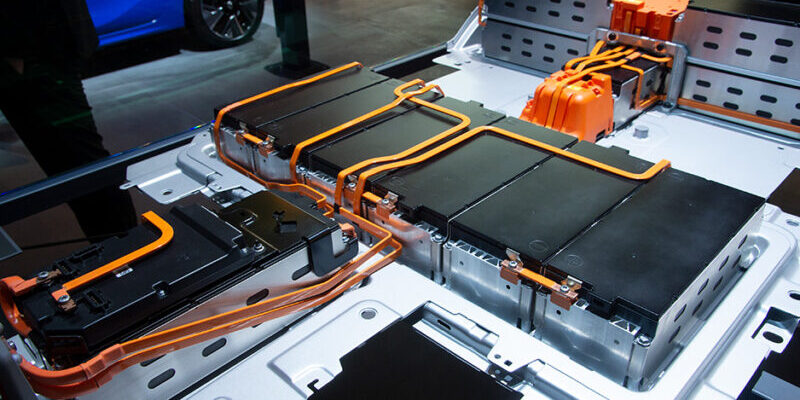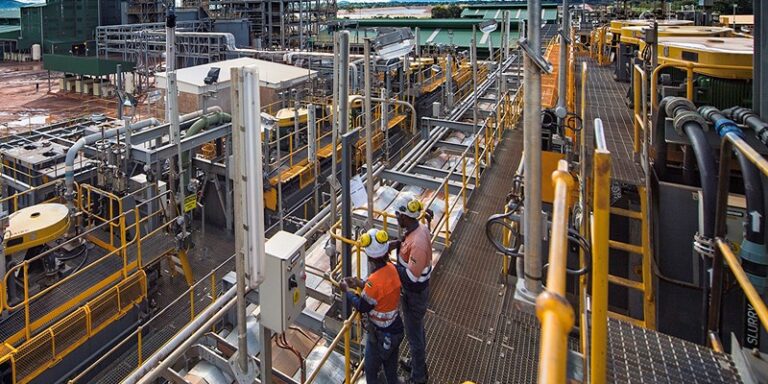
A recent report by the International Energy Agency (IEA), titled “EV Battery Supply Chain Sustainability,” predicts a dramatic rise in global battery demand over the next decade.
Under current policy scenarios, demand is expected to quadruple by 2030 and increase sevenfold by 2035.
The report highlights that this anticipated surge builds on the significant growth already recorded in 2023, when global battery demand rose by over 40% compared to 2022, reaching 850 GWh.
The primary driver of this increase is the booming sales of electric vehicles (EVs), which account for nearly 90% of total battery demand.
Experts suggest that if countries fully implement their announced climate commitments, battery demand could increase ninefold by 2035.
Additionally, the report notes that achieving carbon neutrality in the global energy sector by 2050, as outlined in the IEA’s Net Zero Emissions (NZE) scenario, could result in a twelvefold surge in battery demand.
This projected growth underscores the urgent need for sustainable practices within the battery supply chain to support the global energy transition.
As countries and industries aim for ambitious climate targets, scaling up battery production sustainably will be crucial to meeting future energy storage needs.








